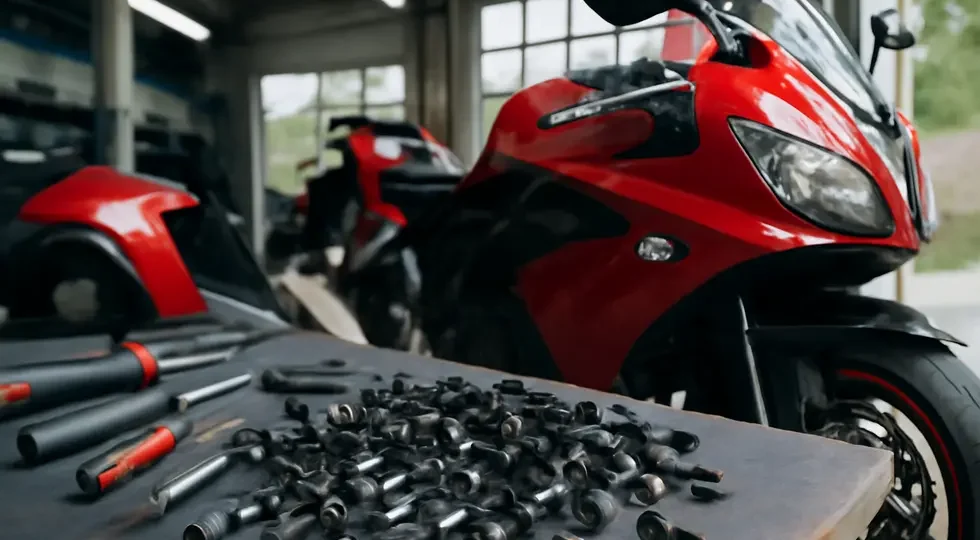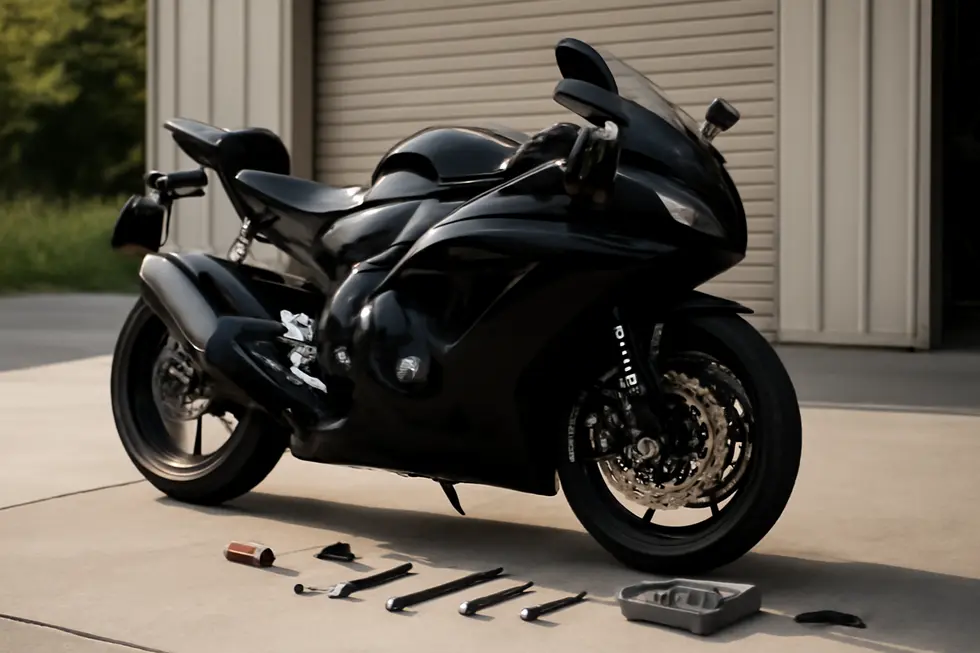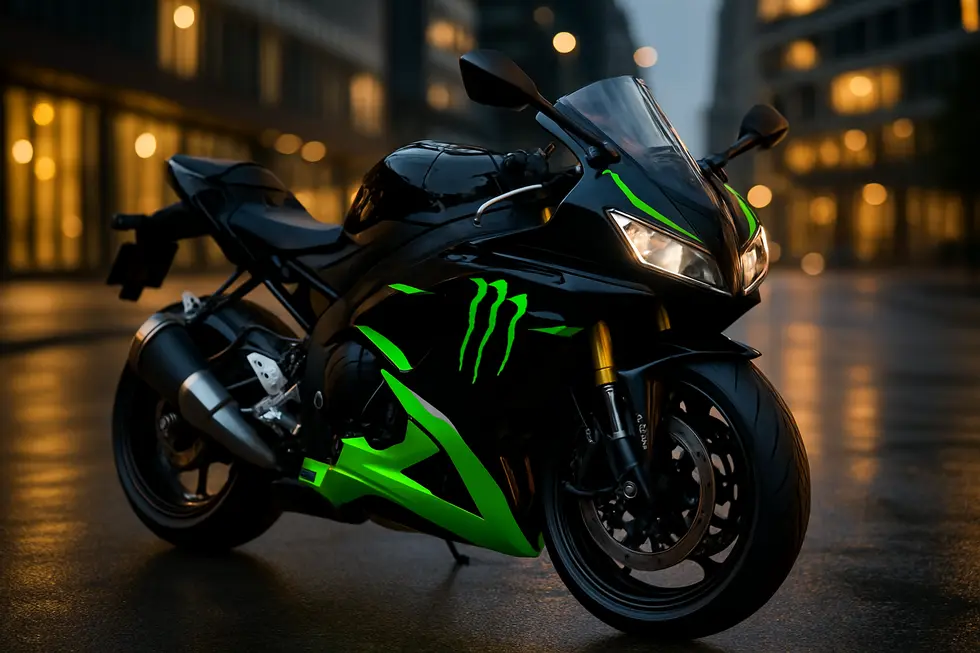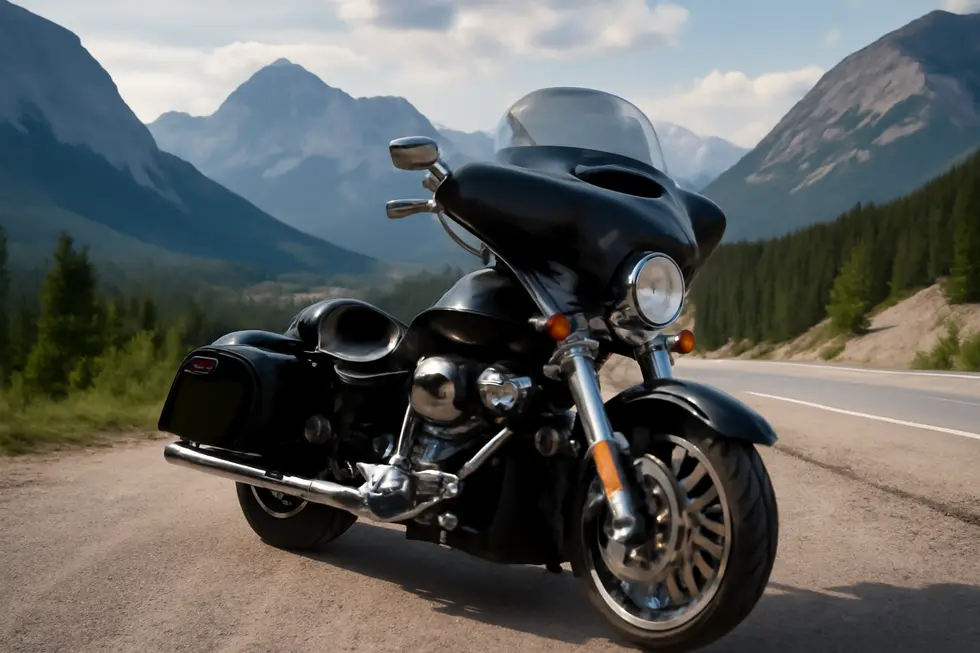Mastering Motorcycle Fairing Screws: Materials, Fitment, and Maintenance for Business Success
October 15, 2025 | by summitfairings

Introduction
Motorcycle fairing screws are more than mere fasteners; they are vital components that protect and enhance the appearance of motorcycles. For business owners in the motorcycle aftermarket or repair sectors, understanding the nuances of these specialized screws offers a competitive edge in product selection, inventory management, and customer service. This article delves deep into three critical areas: the variety of materials and types available, the precision-required fitment and installation techniques, and the maintenance challenges frequently encountered in the field. Equipped with these insights, businesses can optimize their offerings, reduce return rates, and build trust through expert knowledge of fairing integrity and performance.
Tables of Contents
Chapter 1: Types and Materials of Motorcycle Fairing Screws
- Exploring Fairing Fastener Varieties: From Standard Screws to Precision CNC and Rubber Elements
- Choosing the Ideal Material for Motorcycle Fairing Screws: Steel, Aluminum, Titanium, and Nylon Explored
- Enhancing Durability: Corrosion Resistance and Coating Advances in Motorcycle Fairing Screws
- Balancing Strength and Fit: Mechanical Insights and Installation Tips for Motorcycle Fairing Screws
- Enhancing Style and Function: Customizing Motorcycle Fairing Screws Through Material and Finish Choices
Chapter 1: Types and Materials of Motorcycle Fairing Screws

1. Exploring Fairing Fastener Varieties: From Standard Screws to Precision CNC and Rubber Elements
Motorcycle fairing screws come in several varieties tailored to secure panels reliably while accommodating the delicate nature of fairing materials. The most prevalent are standard screws, typically crafted from steel or stainless steel, offering a dependable, cost-effective solution for general maintenance and stock replacements. These fasteners feature common head styles such as Phillips and hex, providing ease of use and broad compatibility. While practical, standard screws sometimes fall short in long-term corrosion resistance and precision fit.
In contrast, CNC-machined fasteners are precision-crafted, often from billet aluminum or titanium. Their superior machining provides a snug, custom fit with lightweight strength—ideal for riders seeking both performance and visual enhancement. These fasteners frequently feature anodized or polished finishes, elevating the bike’s aesthetic while reducing weight. However, they come at a premium price and may require specialized tools for installation.
Supporting these metal fasteners are vital rubber components like well nuts, washers, and bushings. Made from durable elastomers, these pieces absorb vibration, protect fairing panels from cracking, and help maintain alignment despite the stresses of riding. Although these rubber parts degrade faster than metals and need regular inspection, they significantly contribute to fairing longevity and noise reduction.
Understanding this range—from affordable standard screws to high-end CNC-machined bolts, complemented by essential rubber elements—helps riders choose the right combination for their maintenance, upgrades, or customization projects. For more insights on compatible fairing components and accessories, explore Summit Fairings’ extensive selection.
2. Choosing the Ideal Material for Motorcycle Fairing Screws: Steel, Aluminum, Titanium, and Nylon Explored
Motorcycle fairing screws come in several materials, each offering unique benefits suited to different needs. Steel, notably stainless steel, dominates OEM use for its strong clamping force and excellent corrosion resistance, ensuring longevity in varied weather conditions despite its relatively heavier weight. Aluminum screws provide notable weight savings and customizable anodized finishes favored by enthusiasts prioritizing style and lightness, though they require careful torque management to prevent thread galling. Titanium represents the pinnacle, combining remarkable strength and a substantial weight reduction—approximately 40% lighter than steel—with exceptional corrosion resistance, making it ideal for high-performance and racing motorcycles. However, titanium’s premium cost and specialized installation demands limit its widespread use. Nylon fasteners, often designed as push-in clips, offer ultra-lightweight, rust-free options that simplify assembly and dampen vibration, but they lack necessary strength for load-bearing applications, being best reserved for securing non-structural trim panels. Selecting the optimal material involves weighing strength, weight, corrosion resistance, cost, and aesthetic goals. Riders focused on durability typically prefer stainless steel, while aluminum or titanium suits those seeking performance upgrades. Nylon clips complement these by facilitating easier maintenance of complex bodywork designs. For further insight into fairing components, explore comprehensive resources detailing motorcycle bodywork choices.
3. Enhancing Durability: Corrosion Resistance and Coating Advances in Motorcycle Fairing Screws
Motorcycle fairing screws rely heavily on corrosion-resistant materials and advanced coating technologies to withstand harsh outdoor environments. Stainless steel, particularly grade 304 or A2-70, is favored for its intrinsic resistance to rust, durability, and strength, ensuring longevity in variable weather conditions. Aluminum and titanium screws often receive anodized finishes, which not only enhance corrosion protection but also contribute to a visually appealing surface and improved fatigue resistance. Beyond material choice, protective coatings like powder coating and epoxy provide additional barriers against moisture, chemicals, and UV exposure, extending screw life while resisting mechanical wear. Zinc plating, including black zinc finishes, remains a common method to shield steel fasteners from oxidation, while anti-seize or copper paste applied to threads prevents galling and facilitates easy disassembly, reducing corrosion risks. Complementary practices such as using stainless steel washers to prevent galvanic corrosion and applying proper torque along with thread-locking compounds further secure fastener integrity. These combined strategies in materials and coatings ensure motorcycle fairing screws maintain both functional strength and aesthetic quality over time, especially under challenging conditions. For insights into compatible fairing attachments and accessories, explore more at Explore the Best Motorcycle Fairings at Summit Fairings.
4. Balancing Strength and Fit: Mechanical Insights and Installation Tips for Motorcycle Fairing Screws
Motorcycle fairing screws require a precise balance of mechanical strength, corrosion resistance, and fitment accuracy to ensure secure attachment without damaging delicate plastics. Stainless steel remains the most popular choice due to its robust tensile strength and resilience against corrosion caused by moisture and road salts. Aluminum screws are lighter and visually appealing but sacrifice some durability and are more prone to stripping under repeated use. Titanium stands out for premium applications, combining exceptional strength with minimal weight and lasting corrosion resistance, though cost limits its widespread use.
The quality of thread engagement profoundly impacts mechanical performance. Precision-machined threads help prevent stripping and enable smooth installation or removal, especially important for frequent maintenance. Complementary fasteners such as spring or spire nuts simplify securing panels while protecting fairings from overtightening forces. Vibration resistance is also critical; stainless steel’s stiffness helps maintain clamping force under constant engine vibration, and thread-locking solutions add further security.
Accurate fitment to model-specific mounting points is essential to avoid stress concentrations that can crack panels. Installation demands moderate torque—typically hand-tightening plus a slight additional turn—to balance firmness with protection. Using the correct driver bits mitigates cam-out damage, preserving screw and fairing integrity. These mechanical and installation considerations collectively safeguard fairing longevity and performance.
For more detailed insights, explore our dedicated resource on motorcycle fairings.
5. Enhancing Style and Function: Customizing Motorcycle Fairing Screws Through Material and Finish Choices
Motorcycle fairing screws offer a unique opportunity to blend practical functionality with personalized style. The choice of materials—aluminum, stainless steel, and titanium—directly influences both the aesthetic appeal and performance of the fasteners. Aluminum screws, prized for their light weight and corrosion resistance, frequently come anodized in a spectrum of vibrant colors. This anodizing process not only protects the metal but allows riders to match or accentuate their bike’s fairing colors, creating a cohesive, customized look.
Stainless steel screws deliver robust strength and longevity, though with a more classic, understated finish. In contrast, titanium fasteners serve as the premium option, combining superior strength-to-weight ratios with exceptional corrosion resistance. Their ability to be anodized into dynamic hues like gold, blue, and purple adds an exclusive flair favored by riders seeking high-performance enhancements with style. The finishing touches—high polish, titanium nitride coatings, and other surface treatments—further elevate the screws’ resistance against wear while refining their appearance.
Complementing these fasteners, modern fairing materials like carbon fiber enhance visual impact with distinctive weaves and textures that harmonize especially well with colorful anodized bolts. Together, these options transform basic hardware into integral design elements, enabling riders to customize both the durability and visual signature of their motorcycles. For expansive options and insights into fairing components, exploring a dedicated motorcycle fairings resource can provide further inspiration.
Final thoughts
Motorcycle fairing screws are fundamental yet frequently underestimated components that directly influence a motorcycle’s durability, appearance, and rider safety. For business owners, mastering the intricacies of their types and materials enables smarter inventory choices that align with customer needs—from casual riders to high-performance enthusiasts. Precise fitment and installation are equally crucial to prevent damage and ensure lasting securement, reducing warranty claims and costly repairs. Ongoing maintenance challenges spotlight the need for premium fasteners and proper aftercare guidance. Ultimately, by integrating comprehensive knowledge of motorcycle fairing screws into operations and customer relations, businesses can position themselves as trusted experts and reliable suppliers in a competitive market.
Ready to elevate your ride? Summit Fairings delivers premium, custom-fit fairings that blend style and durability. Whether you’re chasing speed or turning heads, we’ve got your bike covered. Don’t wait—transform your machine today. Click, customize, and ride with confidence. Your perfect fairing is just a few clicks away. Act now!
About us
undefined
RELATED POSTS
View all



